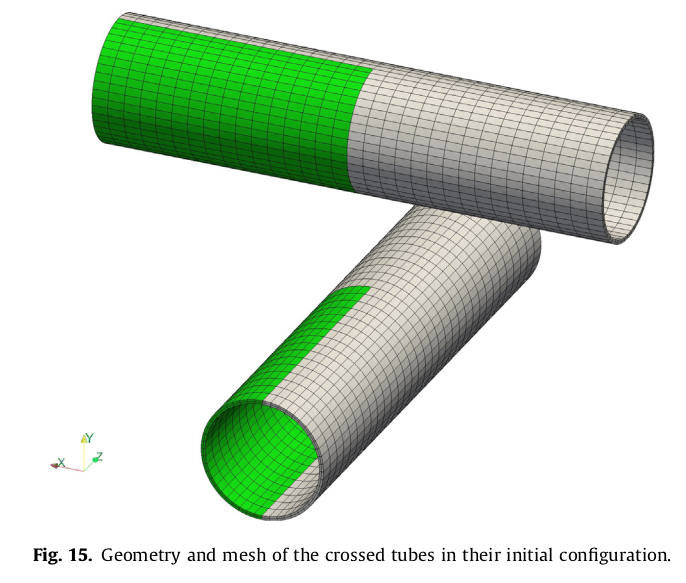Dear David,
Line search is useful for problems that exhibit sharp discontinuities in slope (semismooth), where an adaptive scheme like line search is better at detecting the discontinuity. For other problems which only have strong nonlinearities (but are smooth), it is normally preferable to perform smaller (adaptive) time/load steps and classical Newton iterations without linesearch. The reason that we use line search for contact problems is that they are semismooth.
Nevertheless, all available linesearch algorithms are ad hoc and not rigorous mathematically for problems involving more than 1 variable. The main problem with line search is that it is based on a residual that is composed of some arbitrary combination of the residuals of all coupled subproblems. Which means that its behavior will be affected by a simple scaling of the variables (e.g. changing units). The relative weight of the residuals of one specific variable in the total residual that is used by the line search, depends on the scaling of the variable which makes the method non-rigorous. For mixed problems, there is a need for a line search method that uses information of all partial residuals for every individual equation in a coupled system. To my knowledge such a method still waits to be developed, but if anyone knows about some algorithm of this kind, available in the literature, we would be glad to implement it.
For your specific 3D contact problem, just use some simple linesearch option as Yves has explained, and try different combinations for the order of the displacements and the multiplier fields. You can also try different integration methods for the contact term. In any case, it is a good idea to start with reproducing this benchmark case


with the settings that we report in our paper from 2015.
Please feel welcome to come back with follow up questions if you do not manage to reproduce the results.
Best regards
Kostas